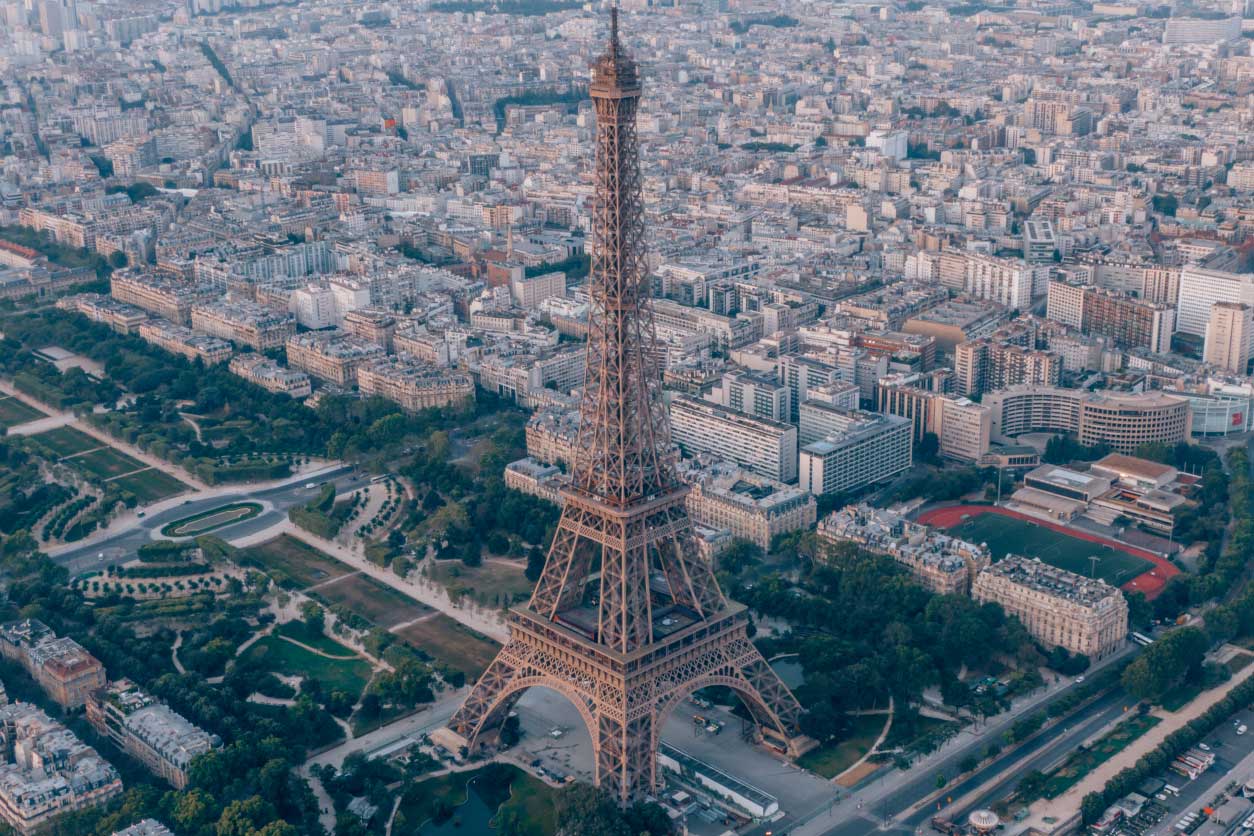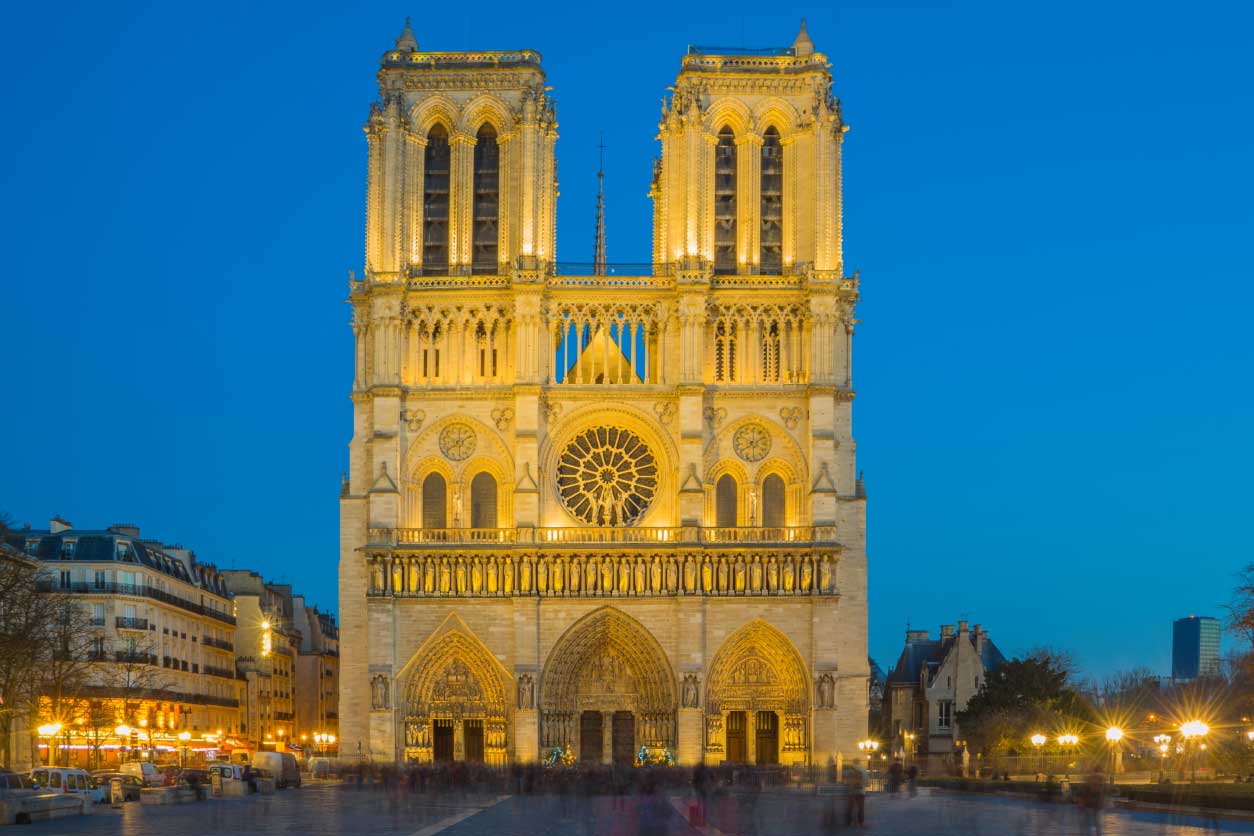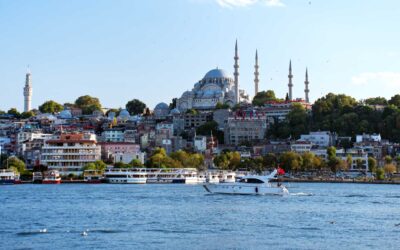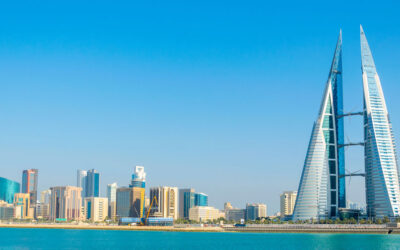Travelling to Paris?
Are you planning on travelling to Paris for work? Get to know the eminent culinary capital of Europe in this comprehensive guide for business travellers.
Nestled on a north-curving arc of the vast river Seine, Paris is renowned the world over for its history-rich streets, its devotion to fine art and fashion, and its unrivalled menu of gastronomic delights, from melt-in-the-mouth croissants to the sweet taste of French onion soup.
The city and broader Paris region is also a significant economic and diplomatic powerhouse at the heart of Europe – its nominal GDP of ~£640 billion in 2021 was the highest in the entire European Union, and 29 companies listed in the Fortune Global 500 call the area home. Paris is also host to the headquarters of numerous international organisations, including UNESCO, the Organisation for Economic Co-operation and Development (OECD), the European Space Agency, and many more of global fame.
Those travelling to Paris for business will experience the convenience of an extensive transportation network which extends from the city to the French suburbs and beyond. Not only is the city the central hub for the national rail network and the nucleus of the axis on which the country’s motorways revolve, it also boasts three international air hubs, including Charles de Gaulle Airport, which was ranked the 4th busiest in the world by global traffic in 2023.
In this comprehensive guide to Paris for business travellers, we delve deeper into navigating the city’s unique corporate landscape, offer our top tips for getting around, and pick out our top 3 things to see or do to make your trip unforgettable.
Paris Fact File

The Parisian coat of arms features the city’s traditional red and blue colours, a silver sailing ship, and the motto Fluctuat nec Mergitur (“She is tossed by the waves, but does not sink”).
Languages
French
Currency
Euro (€)
Avg. Temperatures
Summer (Jun-Aug) = 21°C (70°F).
Autumn (Sep-Nov) = 14°C (57°F).
Winter (Dec-Feb) = 5°C (41°F).
Spring (Mar-May) = 12°C (54°F).
Getting To Paris
By Air (Par Avion)
Paris is served by three major airports: Charles de Gaulle (CDG), Orly (ORY), and Beauvais-Tillé (BVA). Charles de Gaulle, the largest and busiest, handles most international flights and is about 25 km (16 miles) from the city centre. Orly, located 13 km (8 miles) south of Paris, mainly serves domestic and European flights. Budget airlines often use Beauvais, which is about 85 km (53 miles) away.
By Road (Par la route)
If you’re driving from within France or neighboring countries, major routes like the A1 (from Lille and Belgium), A6 (from Lyon and Switzerland), and A10 (from Bordeaux and Spain) lead directly to Paris, often serviced by affordable long-distance buses such as FlixBus. Once in Paris, the Périphérique, the city’s ring road, provides access to different districts, though be aware that traffic can be heavy.
By Rail (En train)
Paris is served by several major rail stations, including Gare du Nord (for Eurostar from London, the Netherlands, and Germany), Gare de Lyon (for southern France, Switzerland, & Italy), and Gare de l’Est (for eastern France and Germany). France’s TGV trains make domestic travel quick, while international routes like Eurostar, Thalys, and TGV Lyria connect Paris to key European destinations.
Business Culture & Etiquette
Paris is a truly international metropolis that embraces the Western idea of modern business practice. Meetings tend to be polite but formal, and (unsurprisingly for a city with a history rooted in romance and art) there is a strong emphasis on refinement – well-crafted emails or elegantly-designed business cards can go a long way in building your professional reputation.
The dress code is similarly formal and professional, with casual looks a rarity in Parisian office environments. Well-tailored and dark-colored suits– such as navy, charcoal, or black -are typically worn by men. For women, blouses or dresses in neutral or dark tones are common choices.
It is common practice to greet colleagues and clients with a handshake and refer to individuals by titles and surnames in the early stages of a professional relationship. “Monsieur” and “Madame” are commonly used to show respect, while “Monsieur/Madame le Directeur” (Mr./Mrs. Director) or “Monsieur/Madame” followed by a person’s title is standard when addressing those in higher positions.
Parisians are generally direct and frank when communicating, especially when it comes to business matters. However, directness doesn’t mean rudeness – it is expected that opinions be expressed clearly but in the spirit of respect. Even controversial or pointed conversations are often framed in a polite, diplomatic manner.
Here are a few of our other top business etiquette and culture tips:
- Parisian small talk often revolves around culture, arts, and cuisine, as the French value these topics greatly. Showing an interest in these areas can be a great way to build rapport.
- When meeting someone more casually or in a social setting, a kiss on both cheeks (starting with the left cheek) may be common among friends or colleagues.
Crime & Safety
Paris is generally regarded as a safe city, ranking 23rd out of 60 in the Economist-sponsored “Safe Cities” report in 2021. However, business travellers and tourists alike need to remain vigilant in busy areas such as on the metro or around tourist hotspots such as the Eiffel Tower, as this is where pickpockets most commonly operate. Pickpockets typically work in groups, using distractions like fake petitions, asking for signatures, or offering bracelets to divert attention while stealing personal belongings.
The city has also experienced some high-profile terrorist attacks in recent years, including the attack near Pont de Bir-Hakeim in 2023. This has led to heightened security and occasional counter-terrorism measures, with the UK Government listing the threat level as “high”. However, travellers can take sensible precautions by staying informed and following any security measures if at a large gathering or public venue.
Violent crime in Paris is relatively rare, with outer districts such as parts of the 18th, 19th, and 20th arrondissement affected to a level which is higher than the city’s overall average. However, these areas tend to be safe during the day, with incidents typically isolated or related to gang activity rather than being random attacks.
Here are a few of our other top safety tips:
- In France, the emergency number is 112 and includes police, fire ambulance and Gendarmie services.
- Public drinking in Paris is prohibited in certain areas such as near schools, government buildings, or in some parks. Check to see if the local area has any signs indicating alcohol restrictions before drinking outdoors.
Getting Around Paris
Paris Metro (Paris Métro)
The Paris Métro is one of the most popular and efficient ways to get around the city. It has 16 lines that cover the vast majority of the city, including popular tourist destinations like the Eiffel Tower and Montmartre. Travellers can buy tickets at metro stations or use contactless payment systems like Apple Pay. The lines run frequently from around 5:30 AM to 12:30 AM (with extended hours on weekends). If you’re staying in Paris for a few days, consider purchasing a Paris Visite pass, which gives you unlimited travel on the metro, buses, and RER trains.
Buses (Autobus)
The Paris bus network has over 60 different lines, covering the entire city and some suburbs. They are a great way to reach areas not directly served by the Métro, including the outer arrondissements. Bus stops are marked with blue signs with the line number and the direction the bus will be travelling. Tickets for buses are the same as those used for the Metro and can be purchased from metro stations or on buses. A single ticket t+ costs around €2.00. Paris also operates a night bus network, known as Noctilien, covering major routes around the city from 12:30 am to 5:30 am.
Cycling (Vélo)
Paris has an extensive network of bicycle lanes and a popular bike-sharing system called Vélib’. It’s a green and affordable way to explore the city. Bikes are available at docking stations throughout the city and can be rented using the Vélib’ app, at kiosks, or via a contactless card. Bikes are available in both manual and electric versions. The first 30 minutes of each ride are free, after which additional charges apply based on usage. If you’re planning to use the bikes multiple times during the day, the Vélib’ Day Pass is the best and most cost-effective option.
Top 3 Things To See Or Do In Paris
If you find yourself with a bit of free time on your business trip, Paris is a city with a rich history and offers plenty to see and do. Here are our top 3 recommendations…

1. The Eiffel Tower
The Eiffel Tower is perhaps the most iconic symbol of Paris, and no trip to the city would be complete without seeing it. Originally designed as the centrepiece for the 1889 Exposition Universelle (World’s Fair) held to celebrate the 100th anniversary of the French Revolution, the 330-metre tall monolith of wrought iron attracts millions of visitors from across the world each year.
Visitors can take a lift to the summit or, if they’re feeling adventurous, take the stairs. Those that brave the climb to reach the second floor are treated to breathtaking 360-degree views of the city, including panoramics of other famous landmarks such as the Louvre, Sacré-Cœur, and Notre-Dame. This floor is also home to the Le Jules Verne restaurant, which is known for its upscale dining experience and stunning views.

2. The Louvre
The Louvre Museum (Musée du Louvre) is one of the most famous and historically significant art museums in the world. It holds an incredible collection of artworks, spanning thousands of years of human history, from ancient civilizations to the 19th century. Originally built as a fortress in the late 12th Century by King Philippe Auguste, it was transformed into a museum in 1793 after the French Revolution.
The iconic glass pyramid entrance, designed by architect I. M. Pei, is a stunning contrast to the museum’s classical treasure trove of Egyptian antiquities, Islamic sculptures, Greek relics, and so much more. The Louvre’s collection includes The Mona Lisa by Leonardo Da Vinci – housed in its very own climate-controlled room – and the Venus de Milo sculpture with her iconic missing arms.

3. Notre Dame Cathedral
The Notre-Dame Cathedral (Cathédrale Notre-Dame de Paris) is one of the most famous Gothic landmarks in the world and a symbol of both Paris and French heritage. Located on the Île de la Cité, in the heart of Paris, Notre-Dame is not just an architectural masterpiece but also a centre of spirituality. Built in 1345, nearly 200 years after work on it started, Notre Dame is a quintessential example of French Gothic architecture, characterised by its stunning stained-glass windows, flying buttresses, and soaring spires.
The cathedral is perhaps best known for its twin bell towers that rise dramatically above the Île de la Cité, offering sweeping views of the city. One of the bells, Emmanuel, is still rung during important religious occasions and events. In April 2019, Notre Dame was significantly damaged by a fire which destroyed much of the wooden structure, but the main structure of the cathedral, including its two towers and the rose windows, remains preserved.
Paris: The City of Love & Lights
It’s perhaps fitting that Paris earned the nickname “City of Light” in the 19th Century for its leading role in the advancement of street lighting considering how bright it now shines within the global business landscape.
For business travellers heading to the French capital, the first thing to notice is the stellar transportation network. Boasting three major airports, including the vast Charles de Gaulle airport and its 70 million passengers per year, a well-oiled metro system, and a bus network which runs both day and night, getting around the city is incredibly easy.
Paris is also a hive of business and trade activity, particularly in the city’s major financial district, La Défense, where major multinational companies have set up their European headquarters. Business surrounding commerce and transportation is particularly fertile ground, with over 80% of all local enterprises engaged in these industries.
Beyond the boardroom, Paris is known for having accumulated a wealth of architectural marvels, its historic streets blessed with a beauty that has been largely untouched by the devastation of war. From the symmetry of the Renaissance period to the classic-to-Baroque Beaux-Arts style of the 19th Century, the city is a delight to explore – especially if you plan to go a little further than a visit to the iconic Eiffel Tower.
City Guides
Singapore: A Business Traveller’s Guide
Are you planning on travelling to Singapore for work? In this comprehensive guide to the city-state for business travellers, we delve deeper into navigating its unique corporate landscape, offer our top tips for getting around, and pick out our top 3 things to see or do to make your trip unforgettable.
Istanbul: A Business Traveller’s Guide
Are you planning on travelling to Istanbul for work? In this comprehensive guide to Istanbul for business travellers, we delve deeper into navigating the city’s unique corporate landscape, offer our top tips for getting around, and pick out our top 3 things to see or do to make your trip unforgettable.
Manama: A Business Traveller’s Guide
Are you planning on travelling to Manama for work? In this comprehensive guide to Manama for business travellers, we delve deeper into navigating the city’s unique corporate landscape, offer our top tips for getting around, and pick out our top 3 things to see or do to make your trip unforgettable.
LET'S TALK
Fill in the form below and we'll get back to you as soon as we can.



